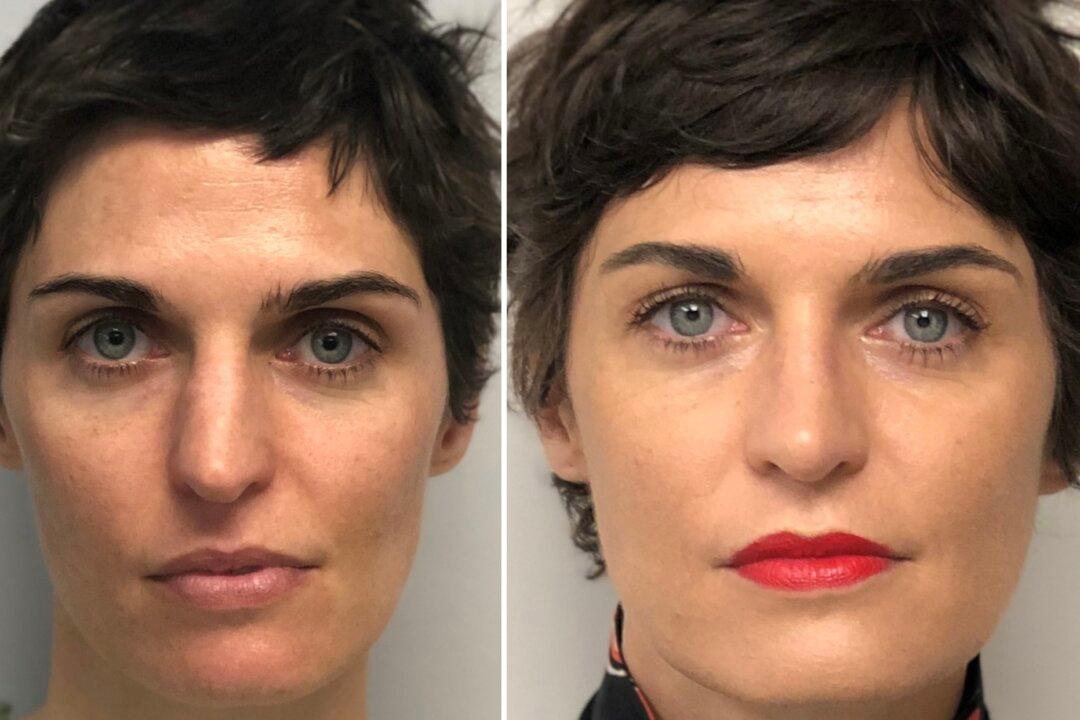A Q&A with Dr. Oscar Trujillo, MD, the director of Cosmetic Facial Plastic Surgery at Columbia University Medical Center on what you really need to know about facial plastics:
Q: Dr. Trujillo, how do I know if my surgeon is qualified?

A Q&A with Dr. Oscar Trujillo, MD, the director of Cosmetic Facial Plastic Surgery at Columbia University Medical Center on what you really need to know about facial plastics: